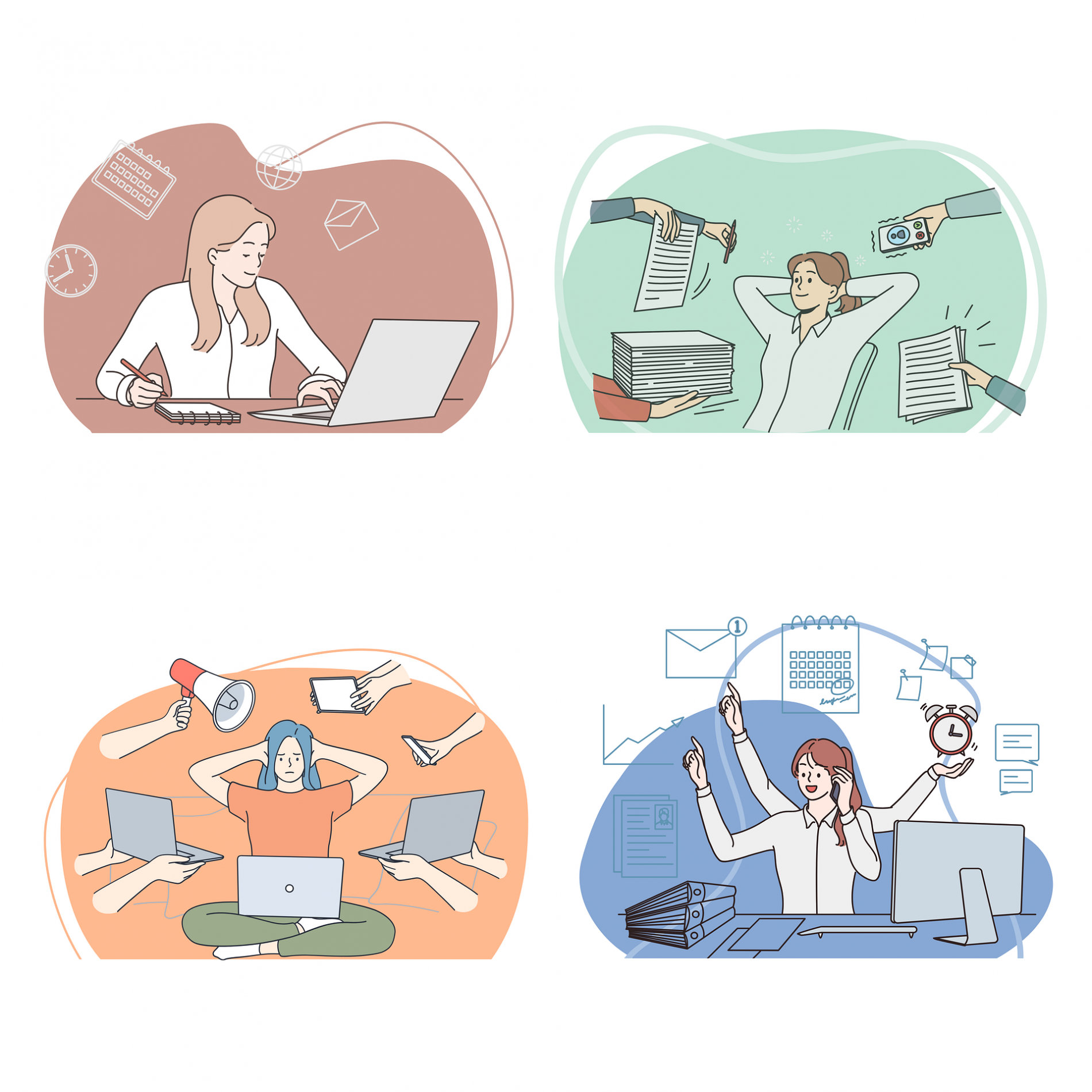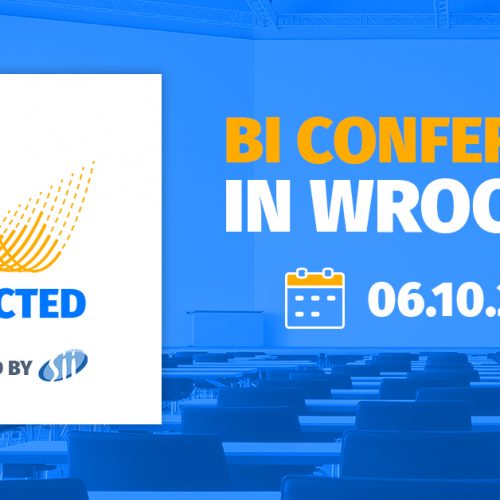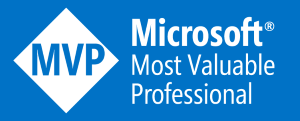Multitasking = chaos
Even now you can feel like a master of multitasking, and you don’t agree with me that multitasking doesn’t work. You can say: “I can do coffee and talk to someone, I can listen to music and walk, Fill out a simple form and listen to someone”, etc. But let’s be honest, these tasks don’t make impactful on your concentration because are simple and probably are part of a routine. The problem arises when the tasks are more complicated.
If you are doing more than one thing at a time you are worse and slower at all the tasks.
I know what a lot of people say here, “ok, other people can’t multitask, but I can – I can talk by phone and drive a car, and I can do 3 projects at the same time”.
But the truth is different. If you are doing, let’s say, these three projects at the same time, you are distracted. You have trouble inheriting the impulse to do another activity and you can’t focus. Probably you say – “ok, I know how it works (or maybe how it is not working) but I can’t do one thing only. I have a lot to do. I have an executive role so I must do more things than others…”
But try to think in a different way. If multitasking will be ok, why do companies spend money doing research on the real effect of multitasking? The answer is simple: they realize that multitasking cost them a lot of money every year. One of that research examined 45 companies with an average of 20,500 employees and median annual revenue was $1 billion showing that, on average, multitasking caused these organizations to be 27.5 percent less productive than they could have been. A 27.5 percent loss in productivity from multitasking, with labor accounting for 32 percent of the total cost of projects, equates to a global loss of more than $450 billion a year. Those organizations came from a wide range of industries: engineering, software development, maintenance, and construction.
Is still worth doing three projects at the same time by one person?
Why multitasking doesn’t work?
It’s not your personal interaction: it’s a biological human limit – sorry. Our brain was not created for multitasking. In a very short way – the brain can’t process two things (here I don’t mean routine, simple tasks) at the same time. Probably you realize that switching between tasks costs you time. We can concentrate on only one thing at a time.
The table below shows the waste caused by switching contexts:
| Number of Simultaneous Projects | Percent of Time Available per Project | Loss to Context Switching |
| 1 | 100% | 0% |
| 2 | 40% | 20% |
| 3 | 20% | 40% |
| 4 | 10% | 60% |
| 5 | 5% | 75% |
(Source: Weinberg, Gerald M. (1992), Quality Software Management: System Thinking. Dorset House)
Think: if you have ’only’ 3 projects, a 40% of your work goes nowhere. If multitasking workers don’t have everything, they need to finish a task, they may start working with incomplete information. This can cause them to stop before completing the task, which could block other team members.
In a classic work scenario, people try doing work everything at once. They believe it will be the fastest way to get things done. But the truth is the opposite of this. Switching between tasks, and project means that people do not do only half of their work but also, they are wasting their focus. When they want to back to where they were 10 minutes ago it takes them minutes just to get back to the same place where were before switching.
For many years companies believe that multitasking people can do work faster and they can control situations better. However, things play out a little differently.
Multitasking people make more mistakes, have problems with concentration and are more aggressive and impatient. Multitasking increases stress. If you have a lot of things to control, you can hardly recognize bottleneck in your project.
How can a company prevent multitasking?
If you want to do effective work, and faster completion of the project you should stop multitasking. Before you start the next project, create tasks small enough for done in a real-time. Minimize the cost of switching between tasks – remember the rule: “half-done it’s not done”. Put tasks into blocks – in that way tasks are clearer and easier to organize. For planning and organizing you can use Azure DevOps Board, Jira, Trello, or MS Planner. During work, if you have possibly switched off your phone (I know this rule everyone knows but how many people follow this rule?)
Working on something important? The focus time method can help you. Focus time is two or more hours of completely uninterrupted work time for the most important tasks. The main goal of this method is eliminating outside distractions and concentrating on the work – during this time, there is no place for surfing on social media, talking by phone, or checking emails.
Another method that can help you achieve a project goal is to create a good project map (plan) with two main points: how to get from where you are now, to where you want to go. When you are planning this map, think about the eventual obstacles that you may encounter. Sometimes creating a good project map takes time but if you good define your project scope, and eventually obstacles it will help you move your project in the right direction.
The last, try not to take another task if you do not finish first – if you must take another task before finishing first, remember what you’ve done. It is easily back to work when you know where you finish.
Multitasking it’s still a big problem for many companies. Most of them are still widely viewed as a requirement for employee soft skills. They believe that multitasking solves overdue projects, and speeds up work, but the truth is multitasking in projects is not only a waste of time, and money but also makes work worse and longer. The true secret of productivity is not doing a lot of things at a time is doing one thing at a time.
About author
You might also like
BI Conference in Wroclaw
I would like to spread the word about a new conference which appears in my favourite city in Poland – Wroclaw. I’m talking to Jacek Biały, Business Intelligence Competency Center Manager
Last Weeks Reading (2023-11-26)
📰 News Deploy a Delta Sharing Server on Azure Want to learn how to deploy a DeltaSharing server on Azure, but don’t know where to begin? Why Structured Streaming and
Skirmishes with automated deployment of Azure Data Factory
When it comes to Azure Data Factory deployment, I always have a few words to say. You might be aware that there are two approaches in this terms. I was









1 Comment
Dew Drop – May 3, 2023 (#3935) – Morning Dew by Alvin Ashcraft
May 03, 12:03[…] Multitasking = chaos (Paulina Nowinska) […]